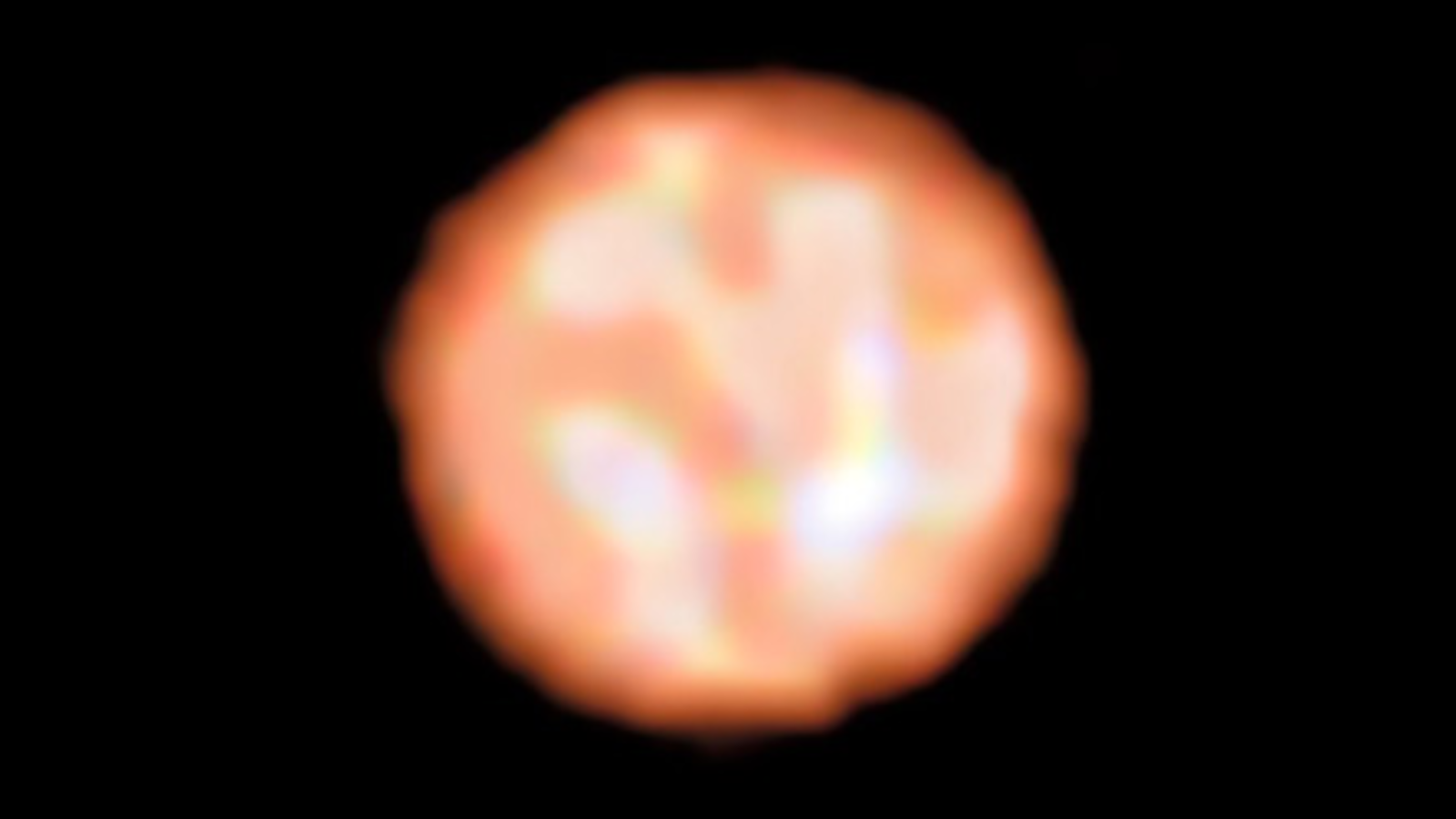SpaceX cargo Dragon departs International Space Station, begins return journey to Earth
Bad weather nixed an undocking try scheduled for Thursday (May 22).

SpaceX's 32nd robotic Dragon cargo mission undocked from the International Space Station (ISS) today (May 23), after a one-day delay due to bad weather at the splashdown site.
NASA and SpaceX integrated operation teams polled "go" for undocking at 11:50 a.m. EDT (1550 GMT). Dragon's departure was overseen aboard the ISS by NASA astronaut Jimmy Kim, who coordinated with mission controllers on the ground. A command for the automated Dragon spacecraft to begin the undocking process was sent at 12:00 p.m. EDT (1600 GMT), with the capsule departing the ISS five minutes later. At the time, Dragon and the space station were flying 260 miles (420 kilometers) over northeast Australia.
After undocking, Dragon maneuvered to a safe distance away from the space station and began a series of deorbit burns to place the spacecraft on a return trajectory for a planned splashdown off the California coast is expected around 1:45 a.m. EDT (0545 GMT) Sunday morning (May 25).
The splashdown will bring an end to a mission known as CRS-32 — SpaceX's 32nd mission for NASA's Commercial Resupply Services program. NASA will not be streaming Dragon's May 25 splashdown, but will provide updates on the agency's website.
CRS-32 launched on a SpaceX Falcon 9 rocket from NASA's Kennedy Space Center in Florida on April 21. The spacecraft was docked with the zenith port of the station's Harmony module a day later, delivering around 6,700 pounds (3,040 kilograms) of food, equipment and scientific experiments to the station.
Dragon is carrying cargo back down to Earth as well. Exterior materials samples from NASA's Multipurpose International Space Station Experiment (MISSE-20) have been stowed inside the CRS-32 capsule, as have an Astrobee robot, the REACCH (Responsive Engaging Arms for Captive Care and Handling) technology demonstration and other experiments. The spacecraft will also be packed with a number of other rotational items from the ISS stores, as well as non-recyclables marked for disposal.
Dragon is currently the only operational cargo vehicle capable of such two-way deliveries. The others — Northrop Grumman's Cygnus spacecraft and Russia's Progress vehicle — are designed to burn up during their reentry through Earth's atmosphere.
Breaking space news, the latest updates on rocket launches, skywatching events and more!
Boeing's astronaut-carrying Starliner spacecraft is also capable of storing cargo within its crew cabin, but issues with the spacecraft during its crew flight test last summer have delayed its qualification to enter into the space station's official fleet.
Editor's note: This story was updated at 12:25 p.m. ET on May 23 to reflect Dragon's departure from the International Space Station.

Josh Dinner is the Staff Writer for Spaceflight at Space.com. He is a writer and photographer with a passion for science and space exploration, and has been working the space beat since 2016. Josh has covered the evolution of NASA's commercial spaceflight partnerships and crewed missions from the Space Coast, as well as NASA science missions and more. He also enjoys building 1:144-scale model rockets and human-flown spacecraft. Find some of Josh's launch photography on Instagram and his website, and follow him on X, where he mostly posts in haiku.
You must confirm your public display name before commenting
Please logout and then login again, you will then be prompted to enter your display name.
